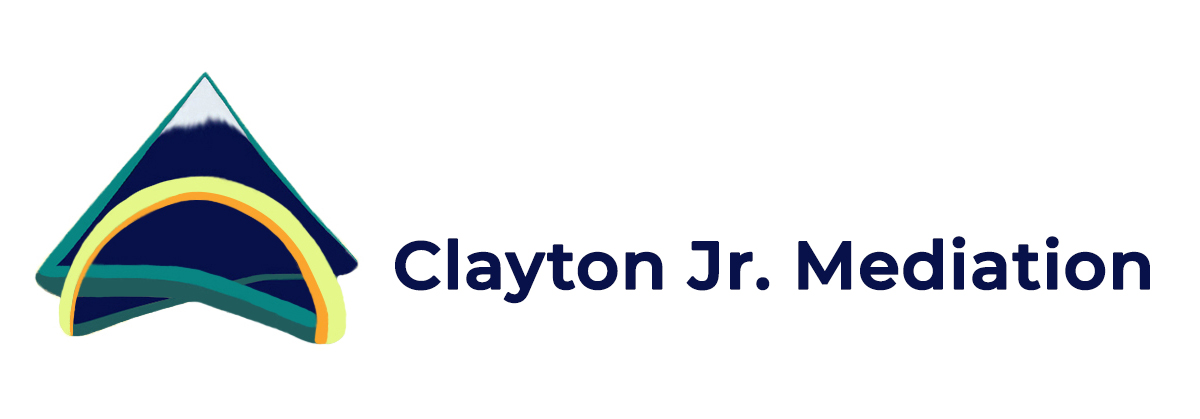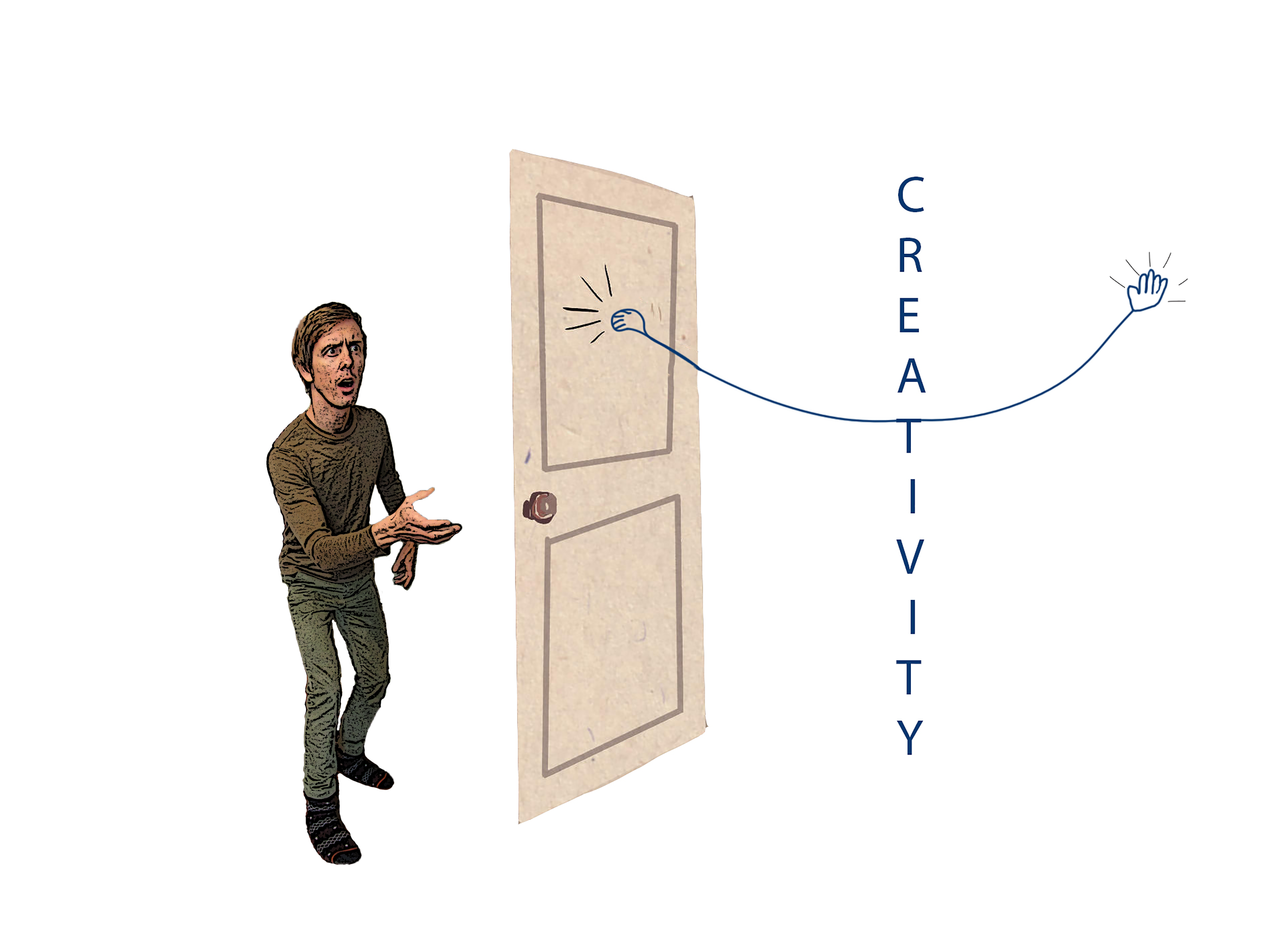Discussion on creativity in conflict resolution practices can be overlooked. Perhaps some of this has to do with the general lack of formality that is associated with the term. There are certain additional challenges when dealing with creativity in alternative dispute resolution (ADR). For example, it may be difficult to pinpoint what specific techniques and methods should be used to maximize it. While there are times when innovative processes might be restricted by various factors, they are ultimately important and useful when employed in practices such as mediation, negotiation, and facilitation. We have the incredible ability to be creative in many different ways, and there is no doubt that such a faculty can offer significant help to our problem-solving endeavors.
To begin, the complexity behind describing what it actually means to increase creative production in ADR should be noted. For the conflict resolution practitioner, boiling this down into a manageable goal generally refers to: helping parties to think outside the box in a solution-oriented process that creates greater chances of adopting favorable and mutually-agreeable pathways and resolutions. This can be a challenge given that parties may hold strict viewpoints, interests, wants, and needs that collide with others. That’s why oftentimes a progressive first step is made by focusing on accommodating and introducing communication strategies that encourage more creative opportunities. Further, adapting to the diverse preferences of participants is critical. For instance, one party might be more receptive to visual exercises while another thrives through a continuous back-and-forth dialogue exchange. The hallmark of an effective third-party facilitator is their ability to listen, examine, and adapt accordingly to help parties build their own successful outcomes. The act of establishing cooperation and understanding is a key precursor to creative movement.
In a sense, we might say that creativity needs to be invited into the process of resolving conflict. The invitation alone sets an important tone. That open door typically becomes even more attractive when participants witness that there is buy-in across the table. As a third-party facilitator, my work takes on bridging communication and thinking gaps in order to enable parties to create effective solutions and mitigate conflict. I believe that facilitators can provide a lot of help to those in dispute by promoting critical-thinking during the creative brainstorming stages of conflict resolution. Major evaluative assessments should be conducted before and during the process to identify how this may be best achieved. Determining when creative exercises may need more structure, for instance, is one such target-evaluation. Again, this is where a commitment to data gathering and adaptability come in handy. It is not that I’m looking to push creativity on others to solve the problem, rather to see where it can make innovative progress without use of force – the only “force” that should be employed concerns the thoughtful upkeep of an organized, ethical, and meaningful process. Similarly, presenting a strong bottom line with strength in character is not equivalent to coercing another with questionable bargaining tactics.
Creativity in ADR is just beginning its journey it would seem. On one hand, the concept is relatively simple. On the other, it yields complexity and challenges. With the spirit of inquiry, more discussion and research is encouraged. Regarding creativeness, it can be said that a key goal in mediation, negotiation, and facilitation is to guide parties towards deriving their own solutions that can alleviate the conflict(s) and push the paradigm forward. Sometimes this is not quite as easy as it sounds. Indeed, a general lack of enthusiasm and different understandings of what creativity means can present significant hurdles. This is one of many reasons that I take seriously getting to know the parties. Character and preferences can tell us a lot about how to work with everyone involved such to reach a common ground of great heights. Why not stay open to the possibilities, especially when it may bring forward effective solutions that were once unseen? Creativity is a unique capability that allows us to swim from the deepest, cloudy depths of confusion and dissonance to the surface of innovation and epiphany which we so need and deserve when working to solve our most pressing dilemmas.
CJ Clayton Jr.
02/04/2019

